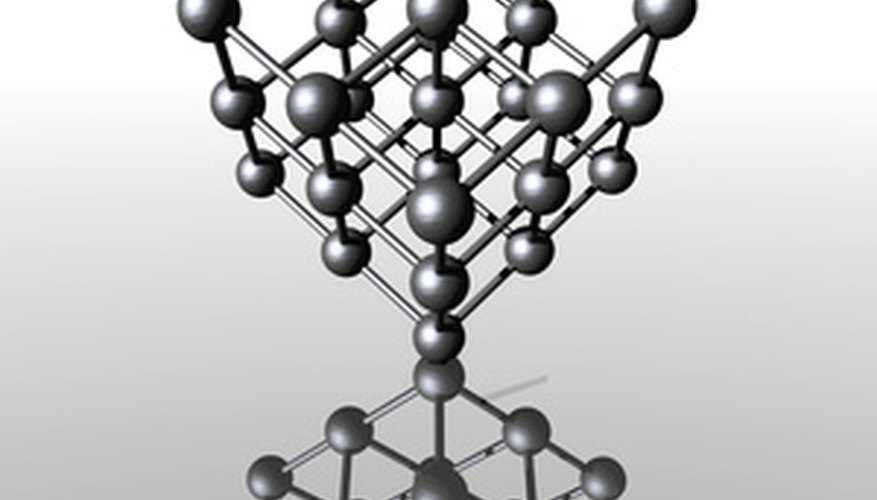It is interesting to note that graphite is used as lead in pencils for writing purposes and as a good lubricant in heavy and light bearings -- in its dry form as well as after mixing it with grease and oil. Due to a difference in the atomic structure, graphite exhibits contrasting properties from its other allotrope -- diamond. Its lubricating property makes it an excellent source for use in industrial applications where wear and tear has to be minimised. The mystery about its lubricating action puzzles the researchers who continue to investigate the scientific reasons.
Weak bonding
The individual atoms of graphite are hexagonal in shape and are arranged in overlapping sheets. Although the bonding between the atoms in a particular sheet is strong, the bonding between the atoms of successive sheets is weak. Due to this weak bonding between the atoms in the overlapping sheets, there is a tendency for the sheets to easily slide over each other, which causes slipperiness. It is due to this slipperiness effect that graphite acts as a good lubricant.
- The individual atoms of graphite are hexagonal in shape and are arranged in overlapping sheets.
- Due to this weak bonding between the atoms in the overlapping sheets, there is a tendency for the sheets to easily slide over each other, which causes slipperiness.
Basal cleavage
Graphite exists in two forms, namely, flake graphite and lump graphite. When the crystals of graphite break into hexagonal flakes, they can slide over each other, which gives graphite a greasy texture. This slipping action is called basal cleavage, and it makes graphite a good lubricant. The dry flakes of graphite can be used to lubricate those surfaces where liquid oil cannot stay due to its flow characteristic.
- Graphite exists in two forms, namely, flake graphite and lump graphite.
- This slipping action is called basal cleavage, and it makes graphite a good lubricant.
Low coefficient of friction
Graphite has a low coefficient of friction because there is less resistance when the two objects slide over each other with a layer of graphite between them. Since the friction between the contact surfaces is less, there is less heat generated when the sliding action occurs. Consequently, the contact surface remains cold and the temperature does not increase significantly, and graphite continues to lubricate the contact surface during sliding.
Adsorption of water vapour
Graphite acts as a good lubricant owing to its ability to adsorb water vapour, which is present in between the successive atomic layers. The adsorption of water vapour further reduces the bonding energy, which becomes lower than the adhesion energy between the substrate and the graphite surface. This facilitates the slippage of the layers over one another, which enhances the lubricating property of graphite.
Super lubrication
When graphite is sprayed on a surface, its flakes rotate and reorient in such a manner that the overlapping atomic layers do not collapse into each other. Since these layers have an undulated pattern with hills on top of each other that never collapse, there is less shear force. Due to low shear force, graphite has a low coefficient of friction, and hence, it acts as a good lubricant.
